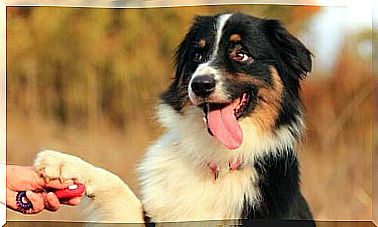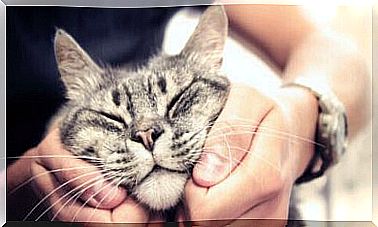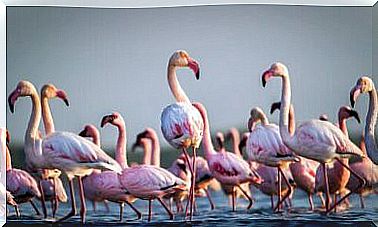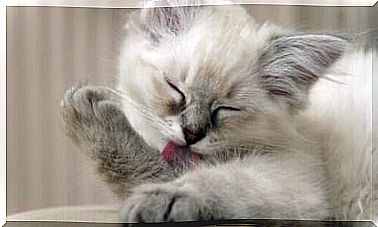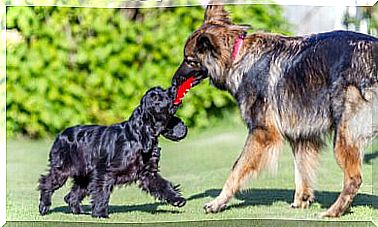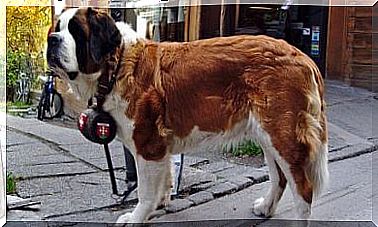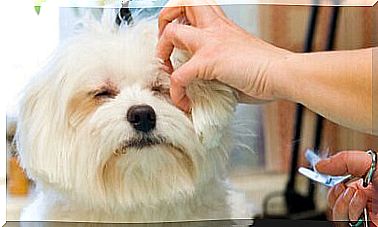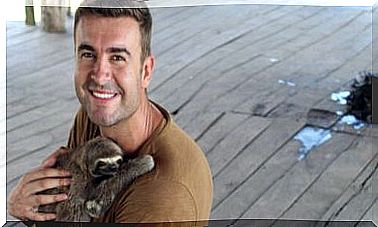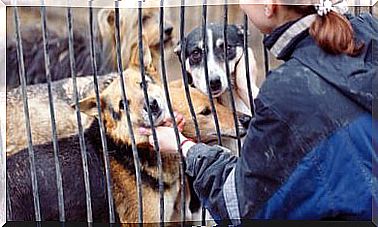British Longhair: Origin And Characteristics
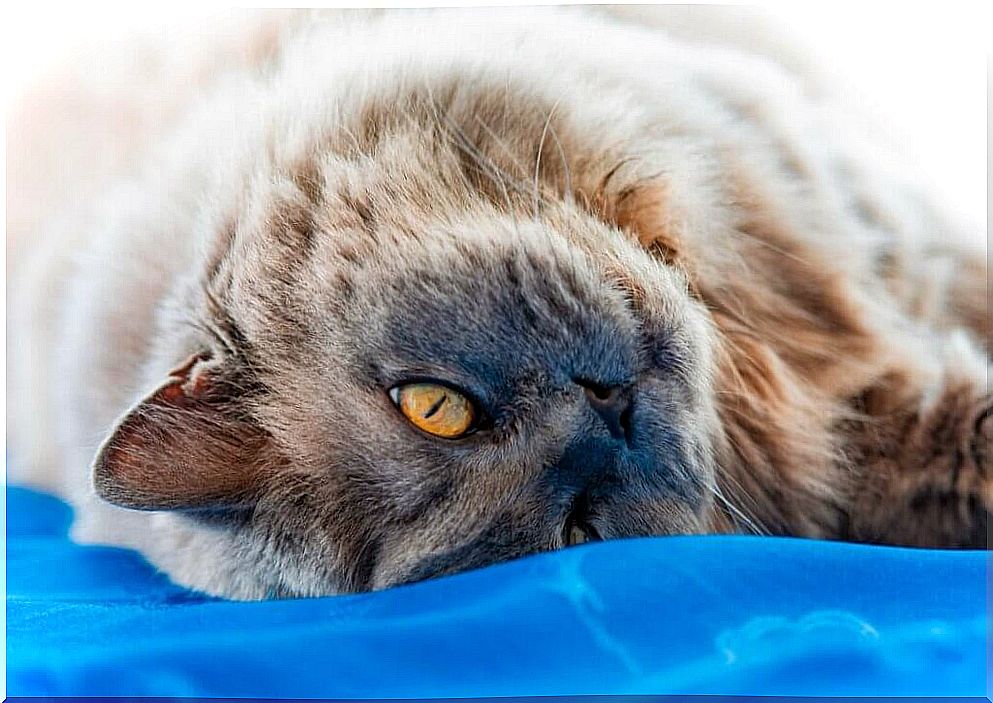
Cats are one of the most popular pets, but there are numerous breeds. When looking for a cat to adopt, such variety can make the choice very difficult. Here we present a highly recommended breed, the British longhair or English longhair .
These cats were accidentally bred in the 20th century and are in the process of being recognized as a breed of their own. If you are looking for a feline companion and want to know more about british longhair , keep reading!
Origin of British Longhair
English cats are derived from the cats that accompanied the Romans when they colonized Britain. These animals were originally imported from Egypt.
From these ancient animals, the breed of English shorthair cats ( British shorthair ) was established, which remained very relevant and hardly changed over time. However, their survival was not always guaranteed.
With the onset of World War I, and even more so after World War II, the British shorthair gene pool was severely reduced. To provide genetic variability and save the breed, breeders began to cross surviving specimens with Persian cats.
These cats carried the long coat gene, but this gene is recessive, as indicated by specialized sites. This means that, for the offspring to have long hair, both parents must carry this gene. Therefore, most of the cats that emerged from these early matings were identical to common short-haired cats.
However, over time, long- haired cats began to appear. As the recessive gene began to become more common among new generations of shorthairs , the characteristics of the English longhair , the British longhair , began to become more and more present.
Although initially rejected, the English longhaired cats are nowadays an increasingly recognized and loved breed. The british longhair is currently very popular but like so much else, came completely unintentionally.
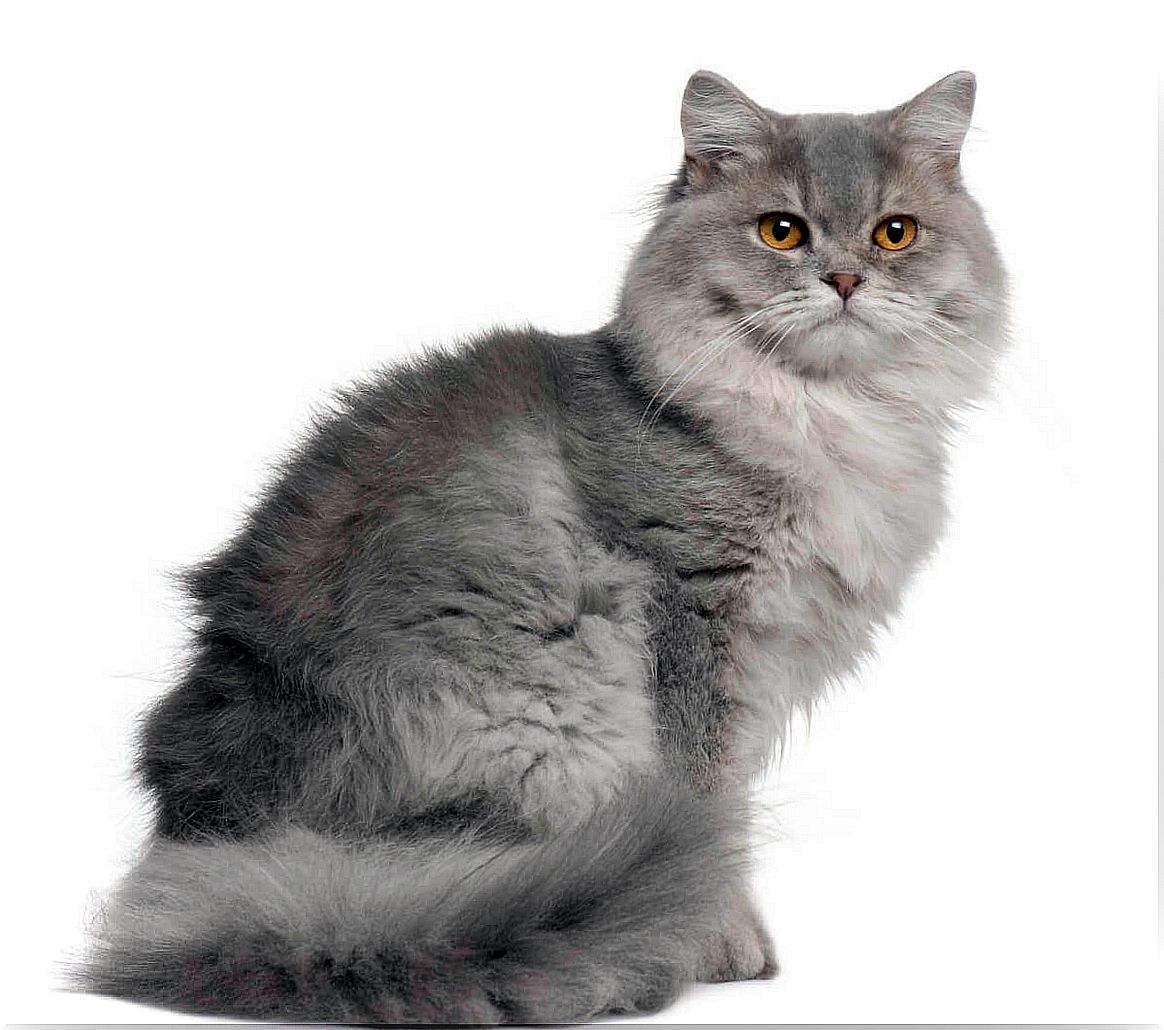
Physical characteristics
Due to its origins, the British longhair shares many of its characteristics with its short-haired ancestor. They are medium or large cats, with a long, dense coat that makes them even more imposing. In general, they are quite stout and broad, with strong, short legs and a thick tail.
The head is large and rounded, with a short muzzle. The mustache area is quite prominent and rounded, as is the chin. The eyes are large, very round and open. Ears are short and rounded.
As with the British shorthair , this cat has a wide variety of colors. Some individuals have a single hue all over the body, while others are adorned in very different combinations.
- Tortie : This 3-color pattern resembles a turtle shell. The torties are generally females.
- Colourpoint : The cat is generally white throughout the body, with the tips of the paws, tail, nose and ears darker.
- Tabby : This characteristic pattern consists of a base color cut off by a series of darker irregular stripes.
british longhair
These cats are friendly and affectionate, but they also maintain their independence. Although they don’t constantly depend on their tutors, they enjoy human company. They often prefer to be in the same room as people are, playing or cuddling with them. However, they are also comfortable spending time alone.
The breed is usually calm and calm. They are not particularly active cats, but they are curious. They like games that provide mental stimulation, love food and are not usually noisy. Furthermore, this personality makes them compatible with very different family situations. They tolerate well living with children, dogs and the elderly.
Care of the british longhair
This breed requires care very similar to other domestic cats, with two main aspects. For one thing, the long coat requires more maintenance than other short- haired breeds. If left unattended, it can quickly form knots and accumulate dirt, which is uncomfortable for the animal and can cause health problems. To avoid this, it is highly recommended to brush your cat every week.
On the other hand, these cats are not very active and love to eat. This makes them prone to obesity. It is very important to ensure that cats get enough exercise and not neglect their diet.
It is important to note that letting the cat roam freely outside the house is not a good option. Although I could exercise this way, we must remember that cats are invasive species that cause very serious damage to local biodiversity. A better alternative, for them and for nature, is to propose exercises indoors.
Illnesses
Like any purebred animal or the result of constant breeding over time, the British longhair is predisposed to certain pathologies. Among them, we highlight the following:
- Hyperthyroidism: A condition that occurs when the thyroid gland is overstimulated and produces too many hormones. Some sources argue that this pathology is typical of English cats, but research has found that longhairs are at less risk of developing it than shorthairs .
- Hypertrophic cardiomyopathy: a condition characterized by atypical thickening of the left ventricle of the heart. In this case, it is a condition more likely to occur in the British cat than in other breeds.
- Polycystic Kidney Disease: In this condition, non-cancerous cysts are produced in the feline’s kidneys, slowly but steadily. Persian cats are undoubtedly the most affected by the disease, but the English are not spared, as many cases have already been registered and genotyped.
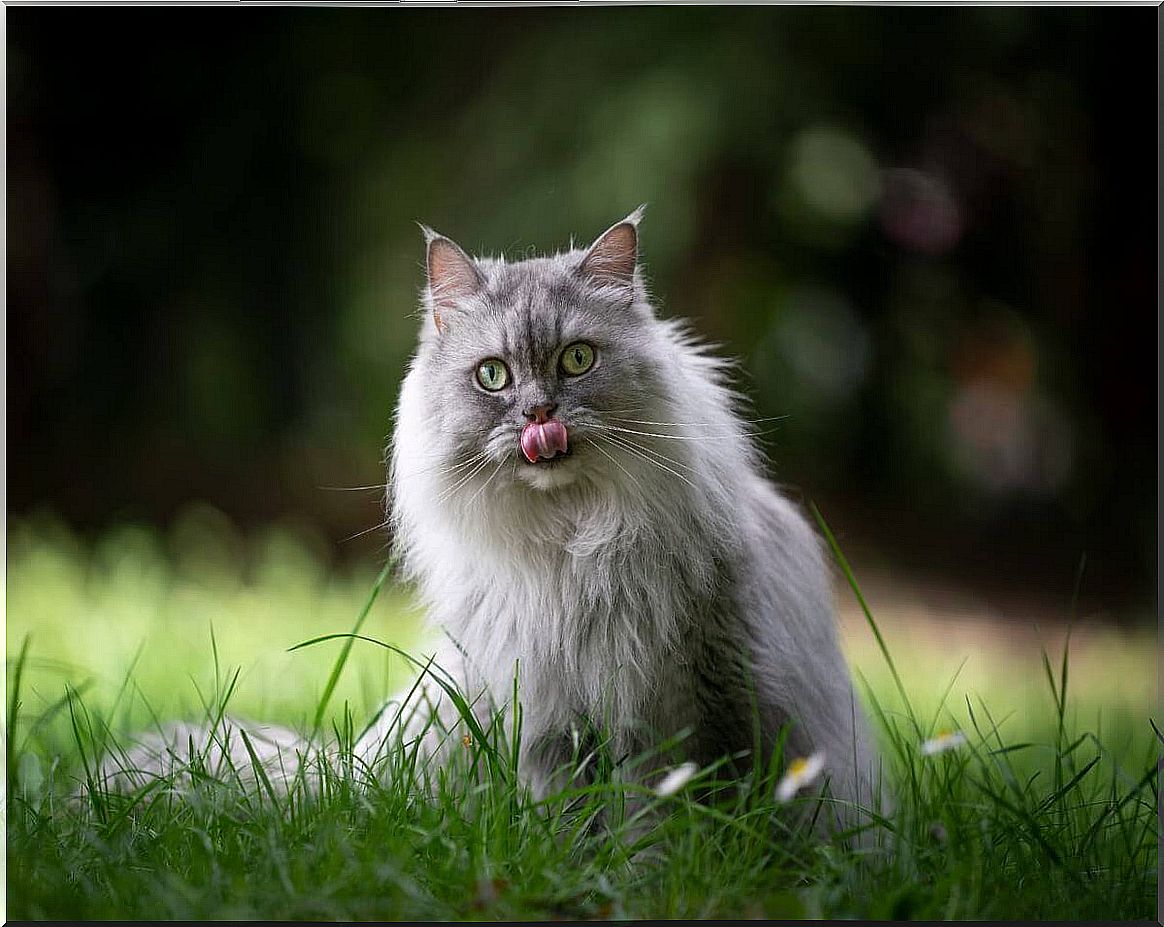
English cats are cute, loyal, playful and have an imposing appearance. In any case, like all breeds crossed over time between relatives to obtain the desired traits, some health problems are reported that should be taken into account.
